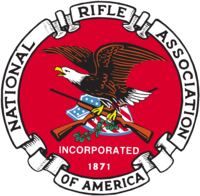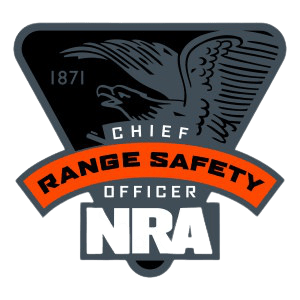ProQual Level 6 Diploma in Hostile Environment Operations
Dates
Any time of the month
Length
14 Days
Price
$8600
Location
USA, UK, Thailand, Lebanon, Sri Lanka, Spain and Italy

Introduction
The Level 6 Diploma in Hostile Environment Operations is aimed at personnel deploying
within a complex/hostile environment. The qualification demonstrates that an individual
has achieved knowledge, understanding and skills which contribute to their safety and
survival when operating in a complex/hostile environment.
The awarding organisation for the qualification is ProQual Awarding Body and the regulatory body is the Office of Qualifications and Examinations Regulation (Ofqual).
This qualification has been accredited onto the Regulated Qualifications Framework (RQF)
Entry Requirements
There are no formal entry requirements for this qualification. Centres should carry out an initial assessment of candidate skills and knowledge to identify any gaps and help plan the assessment. This qualification is approved for candidates aged 19+
Qualification Structure
Candidates must complete the Mandatory Unit.

Assessment
Candidates must demonstrate the level of knowledge described in the unit. Assessment is the process of measuring a candidate’s knowledge and understanding against the standards set in the qualification.
Each candidate is required to produce evidence which demonstrates their achievement of all of the learning outcomes and assessment criteria for each unit.
Learning outcomes set out what a candidate is expected to know, understand or be able to do.
Assessment criteria specify the standard a candidate must meet to show the learning outcome has been achieved.
Evidence can include:
- assignments/projects/reports
- worksheets
- portfolio of evidence
- Recognition of Prior Learning
- candidate test papers
Ofqual Qualification Number
603/3049/1
Level
6
Total Qualification Time
300 hours
Guided learning hours
100 hours
Prerequisites
- ProQual Level 4 Award in Close Protection in a Hostile Environment – Firearms and Tactics
- ABA Level 3 Certificate in Hostile Environment Awareness
- Or Equivalent with Instructor’s Approval
Assessment
Pass Or Fail Assessed And Verified By Centre Staff External Quality Assurance By ProQual Verifiers Qualification
Topics
UNIT R/616/9243
HOSTILE ENVIRONMENT OPERATIONS
Learning outcomes are listed below, full details about the Assessment Criteria are provided
to approved ProQual centres
- Effectively plan and prepare for operating in a complex/hostile environment
- Competently operate within a crisis management team.
- Demonstrate personal security strategies.
- Demonstrate an understanding of foreign liaisons
- Understand the dynamics of radio procedures.
- Be competent in incident management.
- Have a generic understanding of weapons and mines.
- Understand the generic make-up and deployment of mines.
- Mitigate the escalation of civil unrest and demonstrations
- Understand Improvised explosive device generics and their methodology
- Conduct vehicle search.
- Provide crisis management within an active shooter scenario.
- Follow methodology for conduct under capture/hostage taking
- Be competent in escape and evasion techniques.
- Show techniques to sustain life
- Be able to plan safe routes of passage.
- Conduct vehicle ambush drills.
- Conduct vehicle mine strike drills.
- Demonstrate vehicle breakdown techniques in remote locations.
- Understand ballistics and their capabilities.
- Show an understanding of firearm characteristics and manipulation.
- Identify the reasons for the covert carry of a firearm.
- Gain close quarter combat skills (CQC – Self Defence).
- Be able to conduct surveillance within a complex/hostile environment.
- Be able to conduct Building/Venue reconnaissance.













